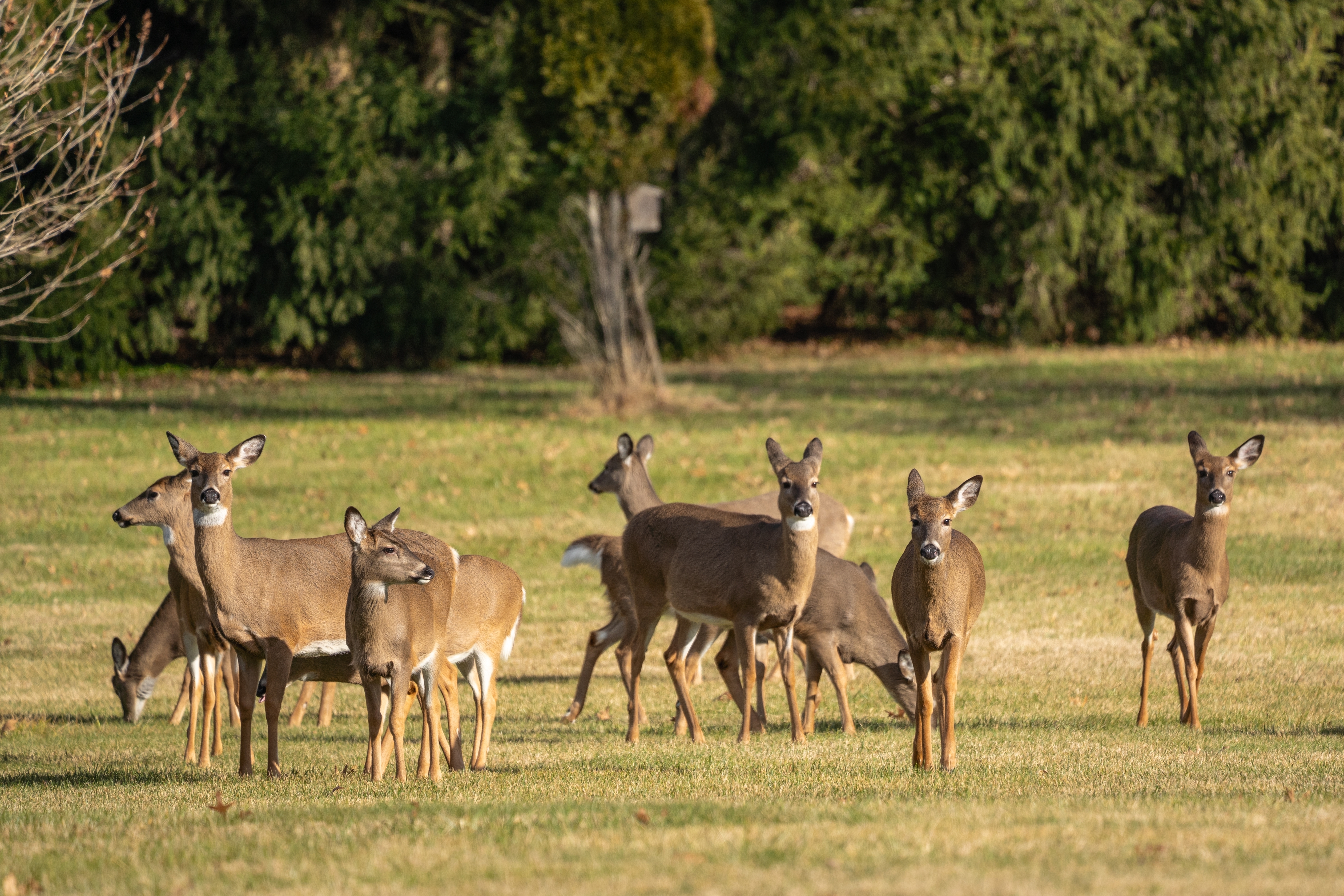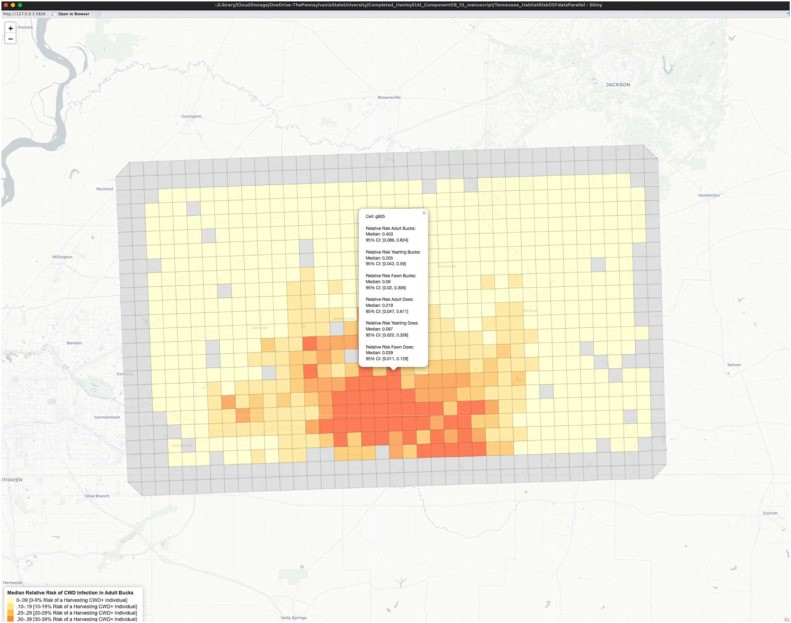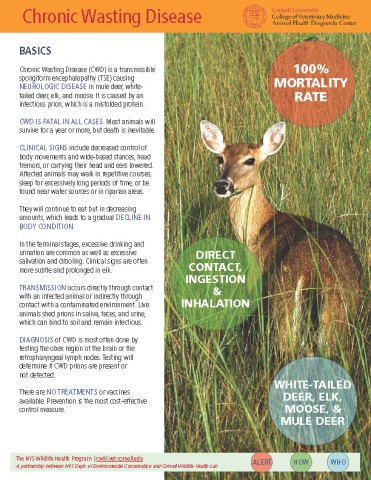In conjunction with researchers at USGS, the collaborative SOP4CWD team recently published the Habitat Risk software, a Bayesian epidemiological model that predicts the odds of CWD infection in white-tailed deer occupying a given home range.
While Bayesian epidemiological models have been instrumental for decades in comprehending and communicating disease risk in wildlife, their complexity is a hurdle for state wildlife agencies lacking technical quantitative expertise. So, we programmed the Habitat Risk software to autonomously enable wildlife agencies to use their own disease surveillance data and localized environmental covariates (elevation, slope, land cover, streams, and clay content in soil) to predict CWD infection in white-tailed deer.
The automated software provides several practical outcomes: it (1) streamlines Bayesian modeling for disease surveillance in wildlife populations and (2) facilitates the use of technical scientific methods for predicting CWD. Even better, it can be rerun to update predictions as agencies collect new surveillance data each hunting season.
One of the key components of SOP4CWD is to enable biologists at state wildlife agencies to unlock the power of complex mathematical models through a few simple clicks. The Habitat Risk software is a great example of such automated processes, and we anticipate many more to come!
The full article can be found here:
Walter W, Hanley B, Them C, Mitchell C, Kelly J, Grove D, Hollingshead N, Abbott R, Schuler K. 2024. Predicting the odds of chronic wasting disease with the Habitat Risk software. Spatio and Spatio-Temporal Epidemiology. 49, 1000650. https://doi.org/10.1016/j.sste.2024.100650.





